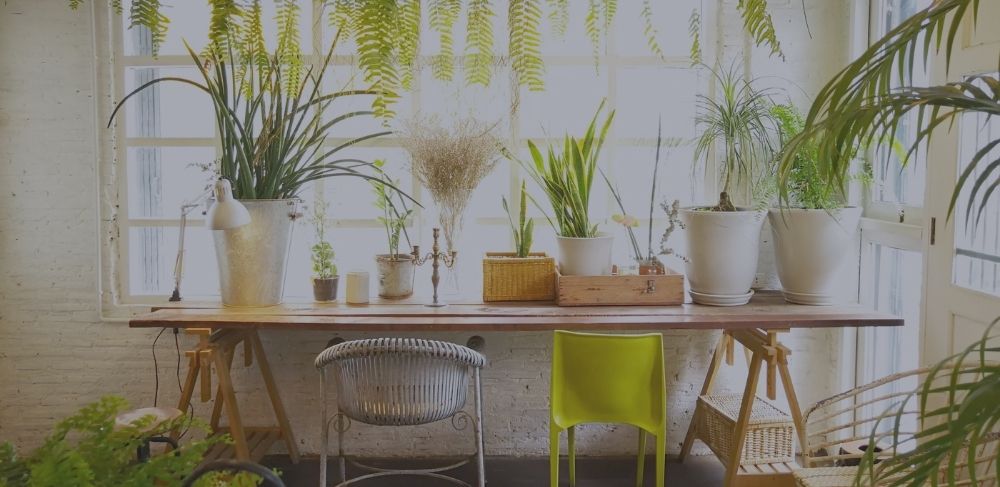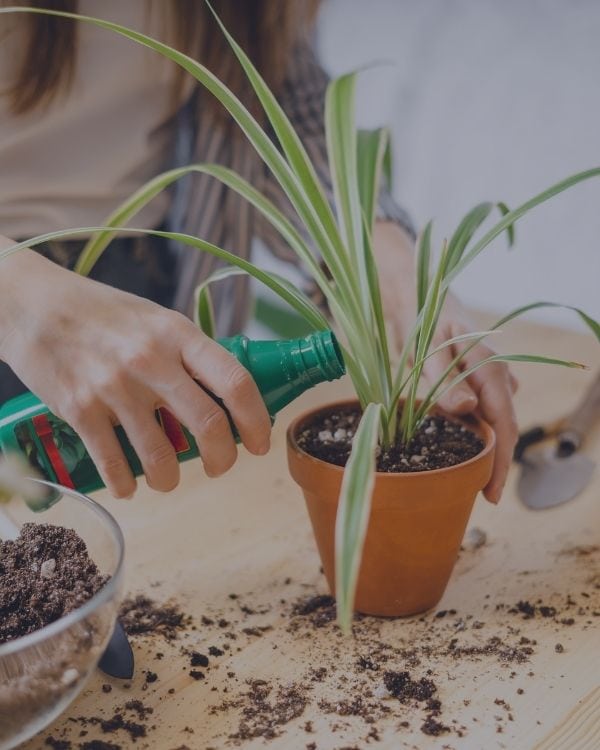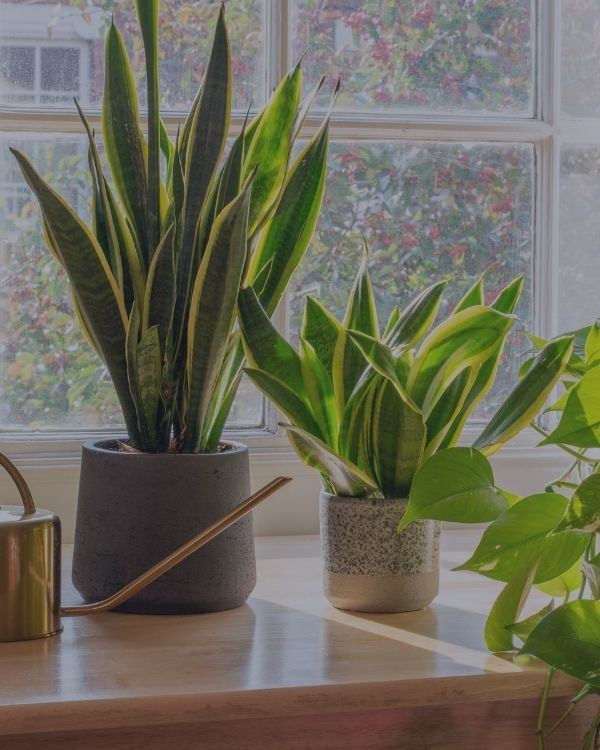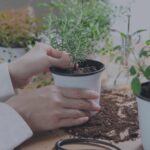10 Tips For A Successful Indoor Garden
Are you starting an indoor garden? Indoor plants are amazing! They provide a lot of benefits for your home by not only looking beautiful. From stress reduction to air purification, plants can do it all. Indoor gardening is a great way to bring nature into your home. With all this technology at hand, there’s no reason why we can’t have a garden indoors. So enjoy this article on how easy it really gets! Wondering where you can get started? Here are 10 tips you should know before staring.

1. Get the right plants for the environment
Indoor gardening is a great way to grow your own produce without the worry of bugs and weeds. When considering what type of plant you want in an indoor space, think about how much light it needs as well as its temperature range (cooler rooms get more indirect sunlight). You could start with lettuce, spinach, herbs and microgreens, because they grow in spaces with indirect sunlight and don’t take too much time.
All plants, even those that grow outdoors, require a good supply of fresh air, proper sunlight and water. However, indoor plant care varies depending on what type of plant you have! For example, houseplants need less light than succulents.
2. What are the basic needs of your plant?
If you think about the many types of plants that exist in our world today, it’s amazing how they have adapted to their individual environments. All plants need water and nutrients, but these requirements can vary depending on where a plant grows or what kind it is. There are even special exceptions for some specific groups!
3. How much water does your plant need?
Watering indoor plants is a delicate balance between letting them dry out too much and providing enough moisture. The type of plant you have will affect how often they need water, with most experts recommending at least once per week for broadleaf species and less so for desert-dwellers. You should also note if your houseplants like being watered from the bottom, this allows excess water to flow naturally upwards through small holes found on the pot.
For example, orchids like a lot of humidity but should avoid getting doused in water for the sake of their roots and leaves. It’s generally advised to place three ice cubes per week into your orchid pot (depending on where you live). You can also mist them daily if they’re not near an outside faucet!

4. Get the right amount of fertilizer
The key to a healthy garden is ensuring that the plants have all of their necessary nutrients. This can be difficult when there aren’t enough natural resources in an indoor environment. So it’s important not only start fertilizing your indoor plants, but also take care with how often you do so. Every two weeks or once per month would work well, depending on what kind of soil they’re in.

5. Your plants need a certain amount of sunlight
Houseplants have different sunlight requirements, depending on where they evolved to grow. If a plant requires direct sun for six hours per day, then place it near the window. Other indoor plants require only a few hours of sunlight per day to thrive. Put your plant in an area with bright direct sun for three continuous hours each sunny day and it will be happy!
6. Move your plants
Re-potting your plant is a great way to provide more space and nutrients for them. This can be helpful if you notice the pot they are in isn’t big enough, or if there’s not much soil on their roots at all! It should only happen once every 1-2 years, though.So don’t overdo it with changes by accidentally reusing old pots too many times. Make sure that any new container has proper drainage holes before putting anything else inside. This will prevent excess moisture accumulation, which might lead to rotten roots or fungi problems down the road.
7. Give them the right soil
Soil is the most important thing for plants to grow healthy and strong. Loose soil allows air circulation, but you need a good drainage system too! You can make your own potting mix or buy ready-made ones at home improvement stores.
It’s always best to mix potting soil according the needs for specific types or species. You want to ensure that they have everything required from nutrients, water retention properties (which help prevent transplant shock) and aeration.
8. Temperature is essential!
Houseplants require a warm environment to grow well. Houseplants normally thrive at 75-85 degrees, but they can put up with lower temps if given extra warmth from heating pads or heaters in their containers that provide the right temperature for the root zone.
9. Consider vertical gardening
Vertical gardening is a great way to maximize space. This trend mainly impacts the ornamental plants and vegetables, because it requires more work in order to grow flowers this way.
A typical setup includes hanging containers on top of one another so that they form simple shelves which allow light through. These types will even come equipped with lights and make it additionally easier for caregivers, who don’t have much sunlight in their home, because they can be grown on any wall, even if the sun doesn’t shine through!
10. Don’t forget the maintenance!
A beautiful indoor garden is an amazing feat of creativity. Maintaining it, though? It takes some work! But don’t worry, with some precautions, such as protecting the floors and nearby walls with waterproof coating or rubber mats, you should be able to enjoy your garden without a lot of extra work.
Conclusion: Get to know your plants!
Your indoor plants are a great way to brighten up any space. You can get low-maintenance or high maintenance ones, depending on what you want!
Sunlight, nutrients and water will keep them thriving year round. There’s no substitute for natural greenery, so don’t be shy about giving these planted friends some love. Just remember, different species need varying amounts of care, from watering regularly to allocating enough room between them and providing nutrients like fertilizer.





